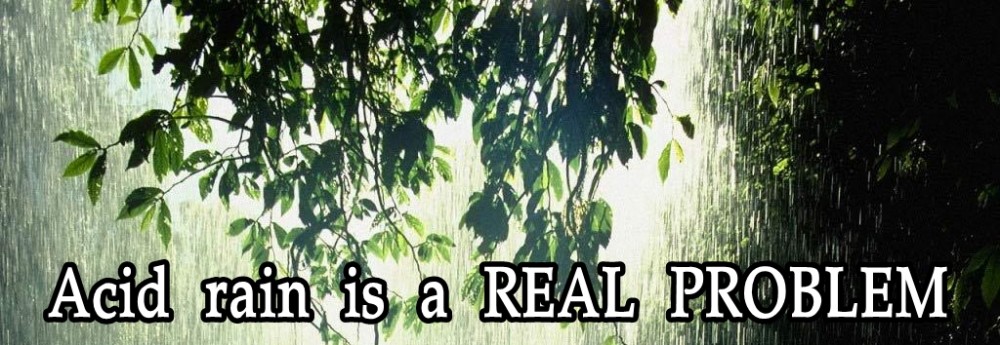As mentioned in the Chemical Concept section, sulfuric acid originates from sulfur which is present in the fuels. Below shows the sulfur content in fuel over the years.
Sulfur content allowed in the fuel was much higher before 1993 and it was decrease to from 5000ppm to 500ppm in 1993 to control the level of sulfur pollutant in the environment. However, the sulfur content in fuel is still relatively high. Thus, a new law/ implementation was introduced in 2006 – Ultra low sulfur fuels, which only allows sulfur content in fuels of no more than 15ppm.
Fortunately, sulfur emission from vehicle is not the major contribution to Singapore. Instead, the major contribution of sulfur dioxide which contribute significantly to acidic rain comes from the big 3 emission refineries: Exxon Mobil, Shell and Singapore Refinery Company (SRC). According to the NEA, they contributed to 71 percent of sulfur dioxide emission in 2012, and this led to the rain in Singapore to be acidic and thus affecting the streams and lakes. Consequently, this greatly reduce the concentration of sulfur emitted out into the air, which in turn transforms into sulfuric acid and forms acidic rain.
Acidic rain contributes to the death of many marine lives in Singapore such as crabs and fishes. It also contributes significantly to the corrosion of the sculptures, which in Singapore case, is the Merlion. Fortunately, there’s repair work done on the Merlion yearly to ensure it maintains its shape and sculpture details and design, so it is not obvious to us.
However, one cannot deny that the acid doesn’t do any damage to non-living thing. Instead, its effect is equally worse. It speeds up the corrosion of buildings and sculptures. One popular example is the well known Statue of Liberty in New York, USA, which has had to be restored because of acid rain damage. Acid rain helps to speed up the rate of erosion on the sculptures.
A detail explanation will be discussed on how sulfur dioxide (SO2) impacted Singapore and contributes to the death of certain marine species in Singapore.



